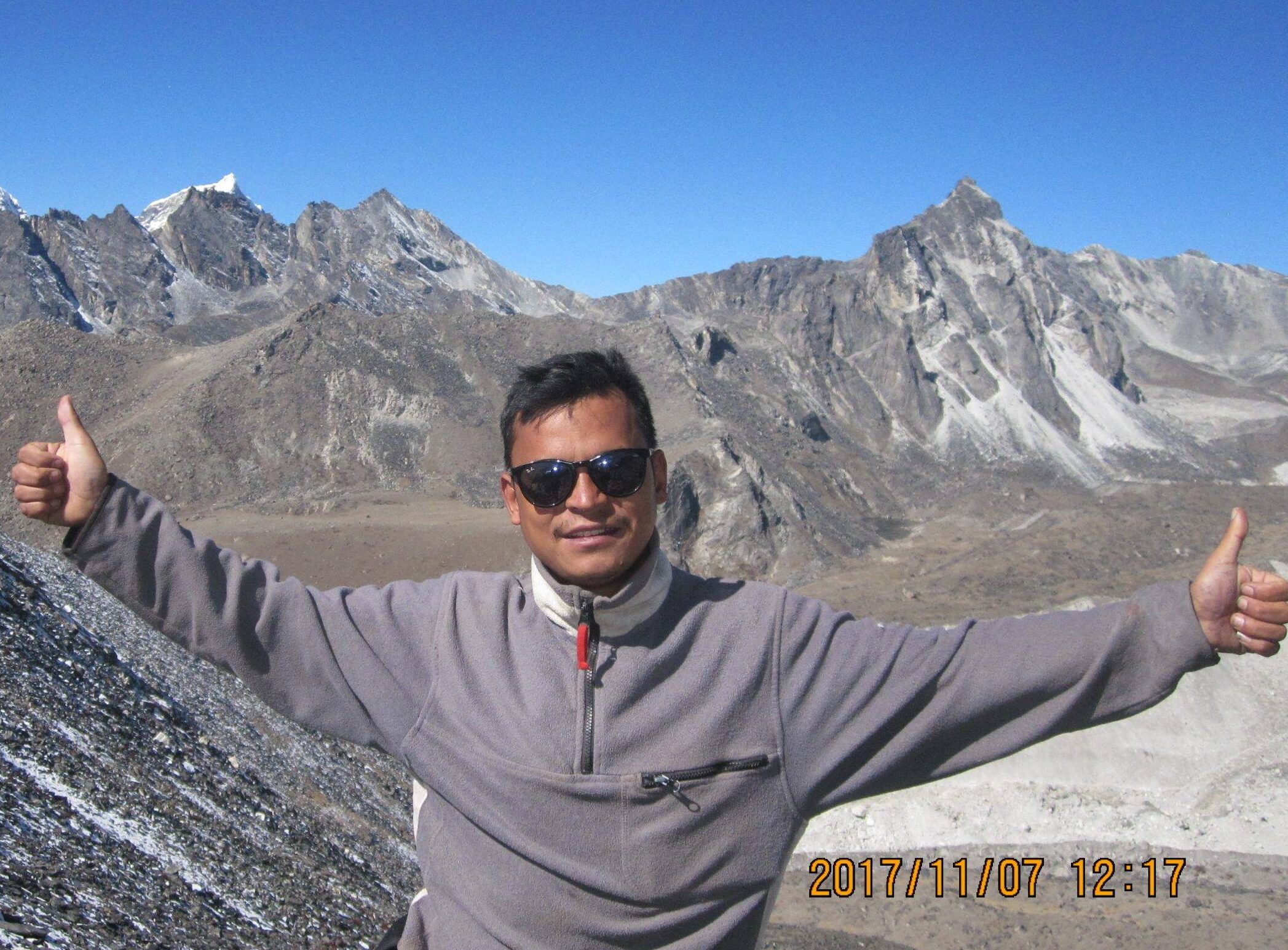

The Langtang Valley trek is a popular trekking route in Nepal. It is known for its stunning mountain views, diverse landscapes, and unique cultural experiences. The trek usually takes around 8-10 days to complete, depending on your pace and preferences.
The trek starts in Syabrubesi, a picturesque village located at an elevation of around 1,500 meters. From there, you gradually ascend through beautiful forests of rhododendron and bamboo, passing by charming villages like Lama Hotel and Langtang Village.
As you continue to climb, you will be rewarded with breathtaking views of snow-capped peaks, including Langtang Lirung (7,227 meters) and Ganesh Himal (7,422 meters). The high point of the trek is Kyanjin Gompa, a Buddhist monastery situated at an elevation of 3,870 meters. The monastery offers a serene and spiritual atmosphere, as well as panoramic views of the surrounding mountains.
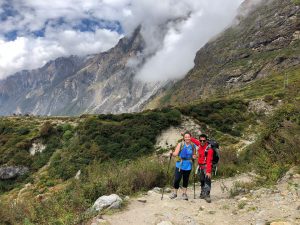
popular choice among trekkers because it offers beautiful landscapes and moderate weather conditions. Here are a few things you should know:
1. Weather: In October, Langtang Valley experiences cool temperatures with mild daytime temperatures ranging from 15-20°C (59-68°F) and dropping to around 5°C (41°F) at night. The weather is generally clear, making it a great time for photography and enjoying the stunning scenery.
2. Trek Difficulty: The Langtang Valley trek is considered moderate in difficulty. It involves walking for around 6-7 hours per day at an elevation of about 3,500 meters (11,482 feet). It is important to acclimatize properly and be prepared for the physical challenges of the trek.
3. Permits: To enter the Langtang Valley, you will need a TIMS (Trekkers’ Information Management System) card and a Langtang National Park Permit
Langtang Trek in Nepal offers a variety of food and accommodation options for trekkers.
Food:
Along the Langtang Trek trail, you will find teahouses and guesthouses that serve both local and international cuisine. You can enjoy traditional Nepali dishes like dal bhat (rice and lentil soup), momo (dumplings), and thukpa (noodle soup). You will also find continental dishes such as pasta, pizza, sandwiches, and fried rice.
Accommodation:
Teahouses or guesthouses are the primary form of accommodation along the Langtang Trek. These teahouses are basic yet comfortable lodges that provide you with a bed, blanket, and a shared bathroom. Some teahouses also offer attached bathrooms and hot showers, but this may vary. Please note that the quality and facilities may vary from one teahouse to another. It is advisable to carry your sleeping bag for additional comfort.
If you are planning to do the Langtang Trek in October, here is some advice to make your trip more enjoyable:
1. Weather: October is one of the best months to visit Langtang as the monsoon season has ended and the weather is generally cool and dry. However, be prepared for occasional rainfall and variable temperatures. Pack layers of clothing including a waterproof jacket and good quality hiking boots.
2. Permits: Make sure to obtain necessary permits for the Langtang National Park before starting your trek. These permits can be obtained in Nepal, and it’s advisable to carry multiple photocopies of your passport and visa.
3. Fitness: The Langtang Trek involves long hours of walking and can be physically demanding. Prioritize your fitness and stamina before the trek by doing regular cardio exercises, hiking, and strength training.
Taking a guide while trekking in October can be beneficial, especially if you are unfamiliar with the area or have limited trekking experience. Here are a few reasons why you might consider taking a guide:
1. Safety: Trekking can sometimes involve challenging terrain, and a guide can provide important safety tips and assistance in navigating difficult sections of the trail. They can also help in case of any unforeseen emergencies.
2. Local knowledge: A guide is likely to have extensive knowledge about the area, including information on weather conditions, wildlife, flora, and fauna. They can provide interesting insights and enrich your experience by sharing local stories and cultural information.
3. Navigation: In some treks, especially in remote areas or if the trail is not well-marked, having a guide can help ensure that you stay on the right path. They can help you avoid getting lost and make the trek more enjoyable by guiding you to the best viewpoints or attractions along the way.
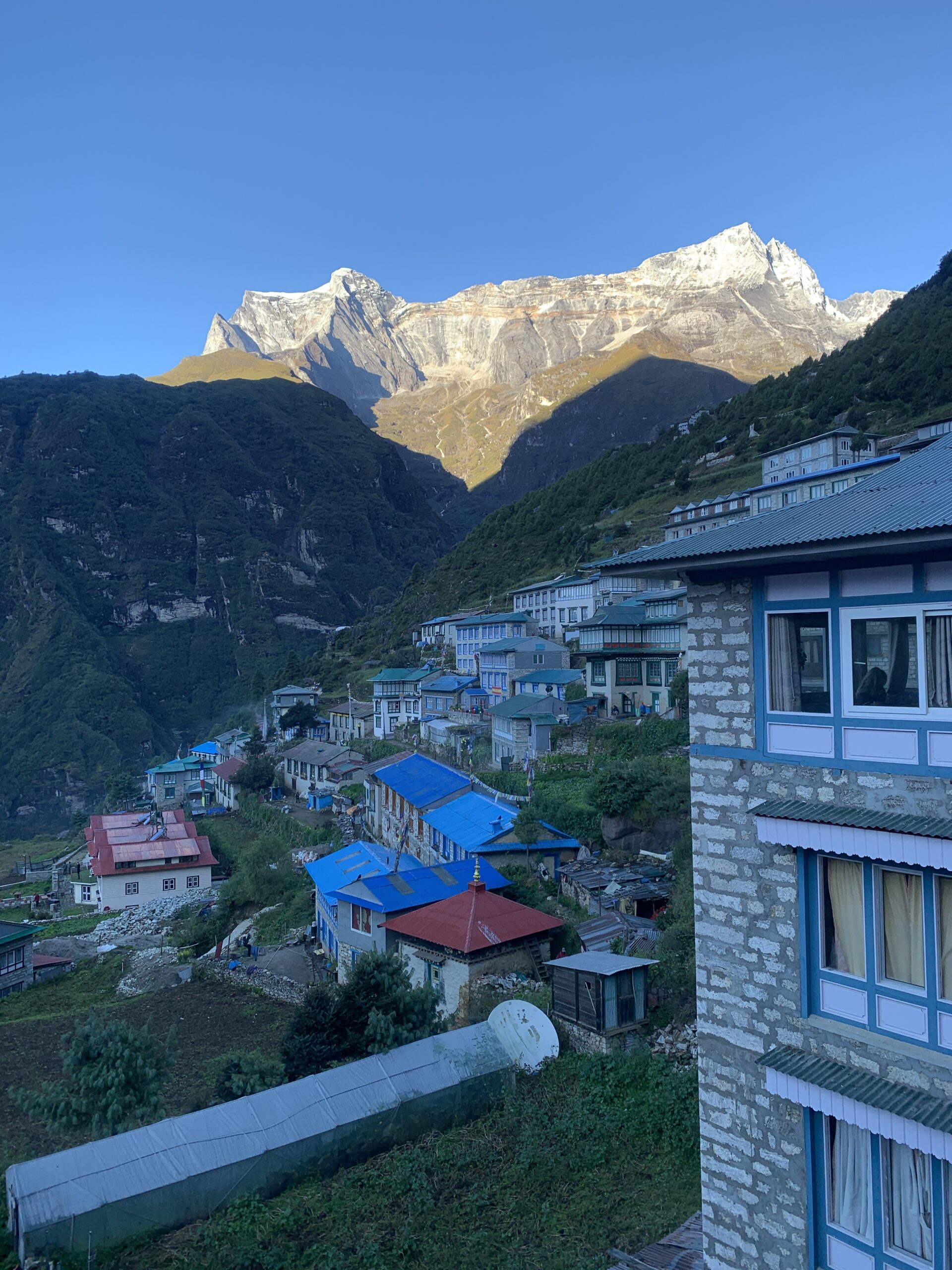
OVERVIEWS: Exploring the Nepal Langtang Valley and Namche Bazaar trekking is one of the best country walks in the Himalayan...
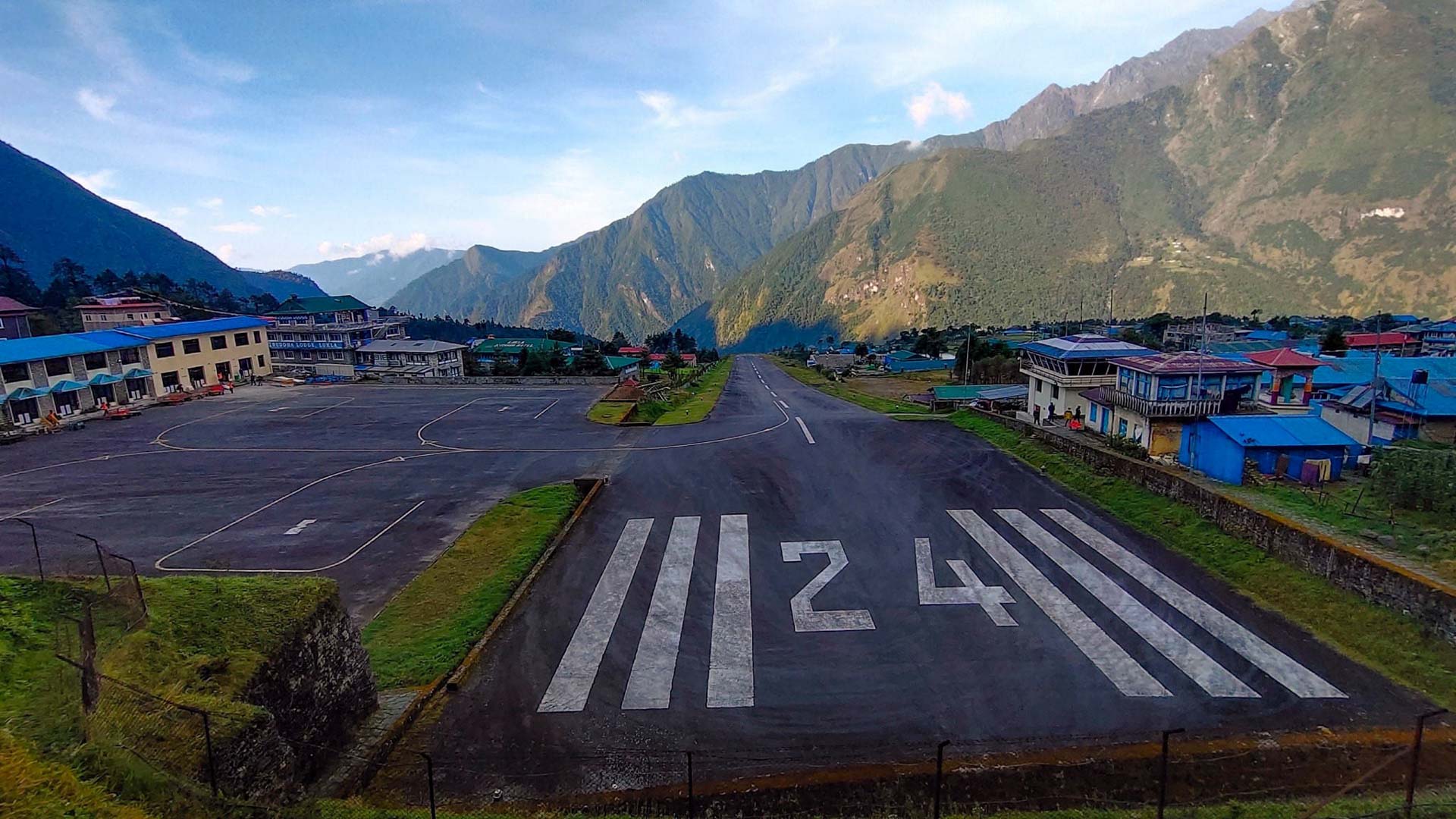
‘Various exciting and scenic routes to reach Khumbu’s capital’ How to reach Namche Bazaar from Kathmandu, is the most important...
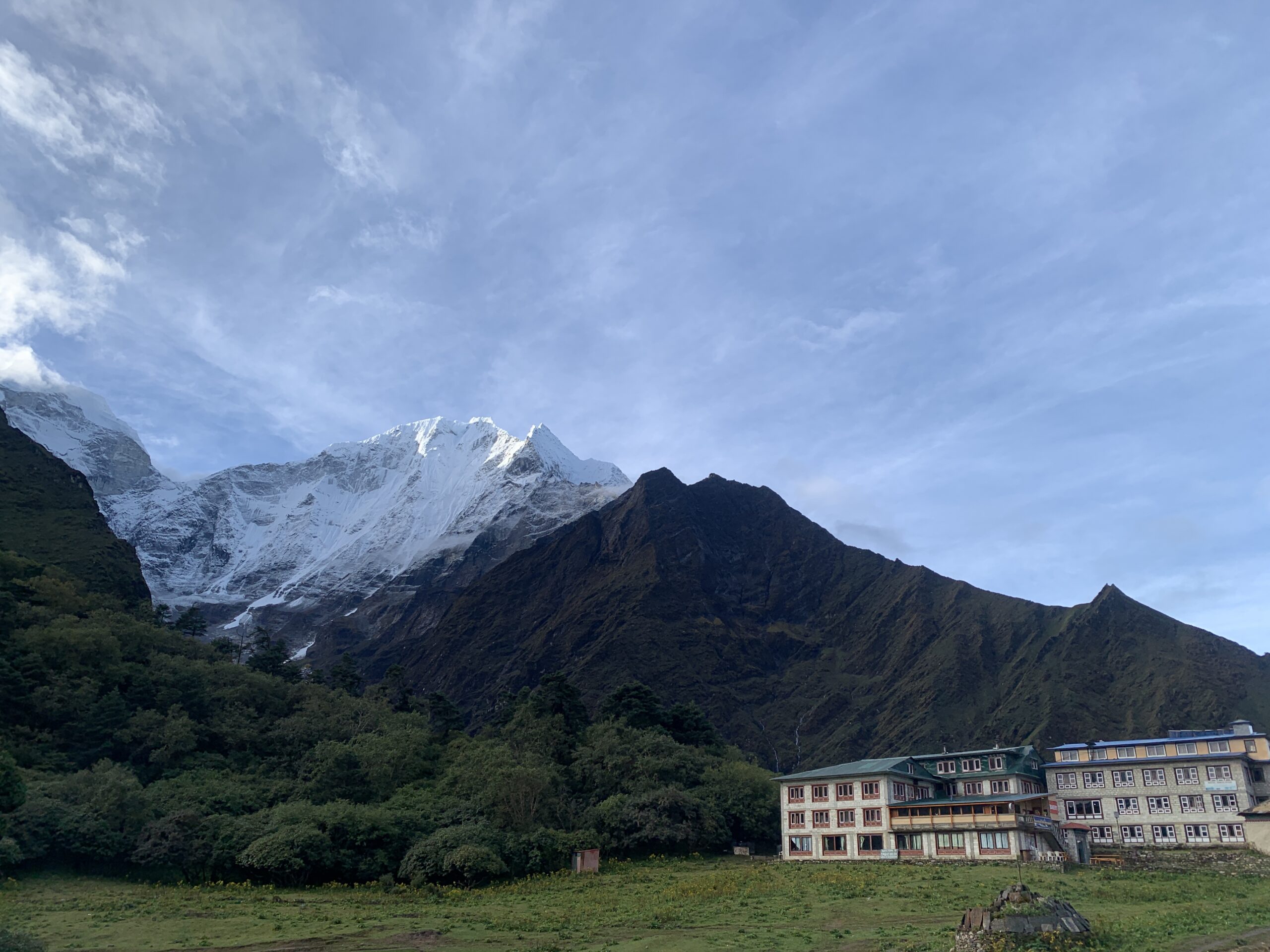
Everest base camp distance from Kathmandu, allows to plan for all wide trekkers and adventurers. Knowing and gathering information before...